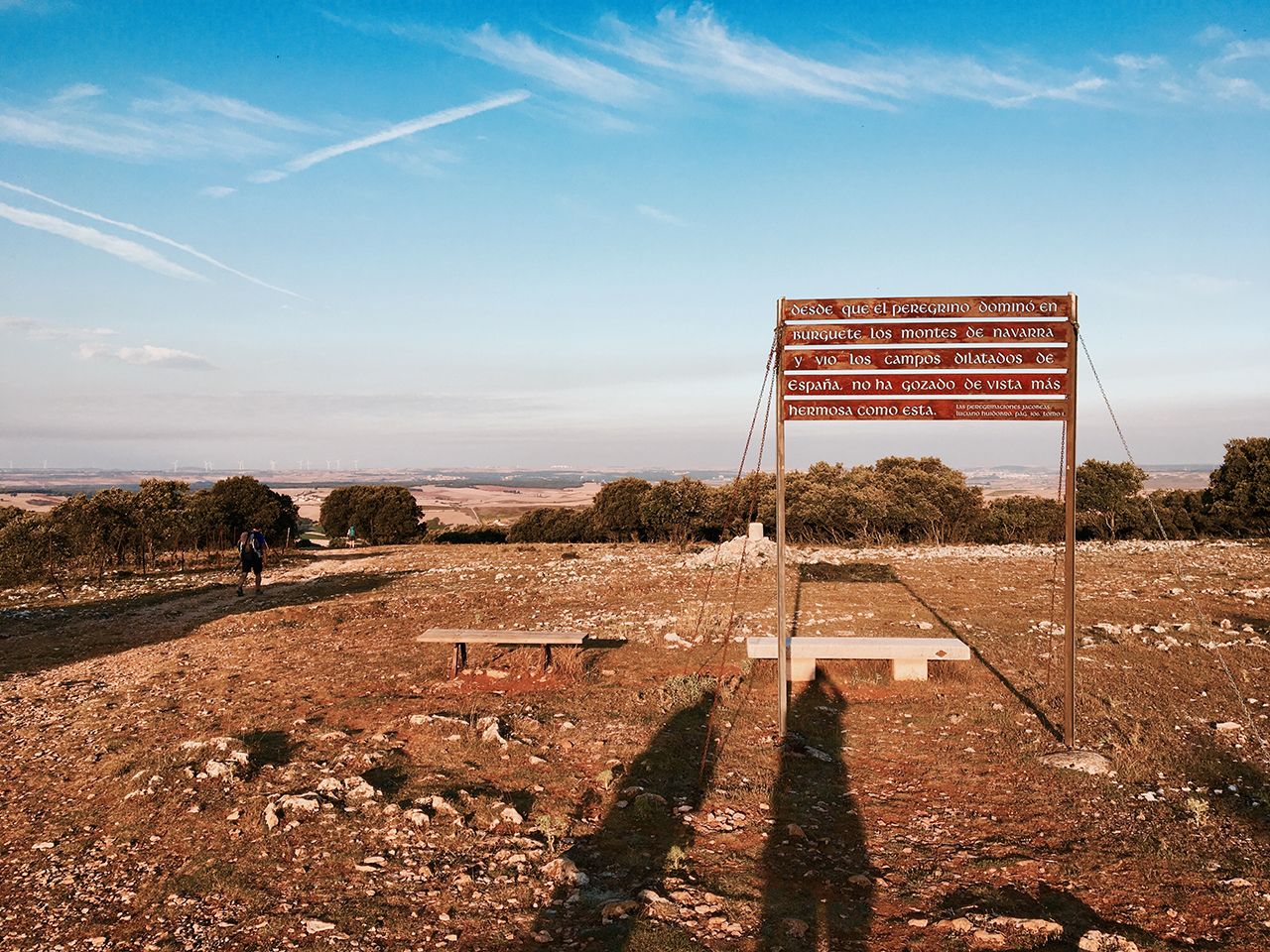Long before I understood the word “anxiety,” I knew I was an anxious child. I was a worrier — worried that the world would end, worried I would spontaneously get sick, and worried about everyone around me. I was constantly told that I was a worrier, and so of course, I worried about worrying.
I was also a huge fan of labels. I knew a lot about what I was not. I was not an athlete, I was not outdoorsy, and I was not someone who believed in blowing my savings on worldly adventures. So when I decided to hike the Camino de Santiago in 2009, my anxiety and second-guessing when into hyper-drive.






